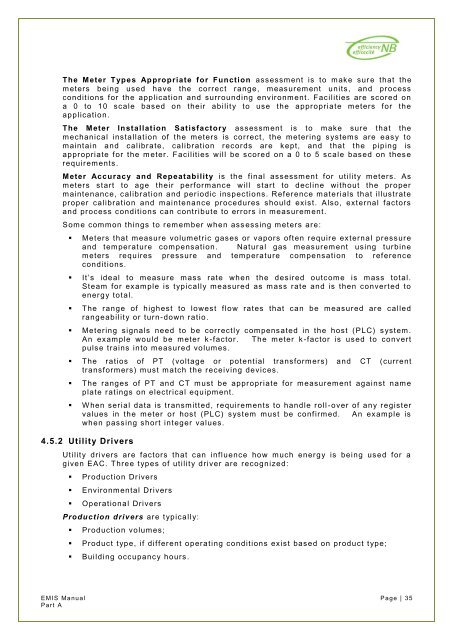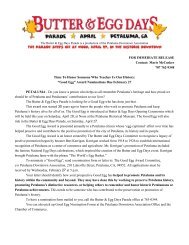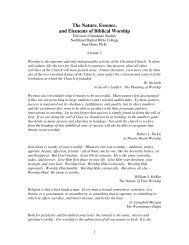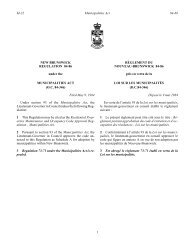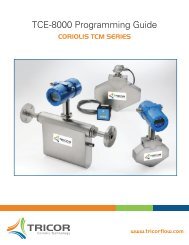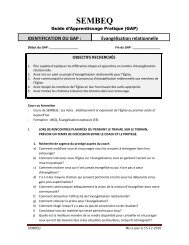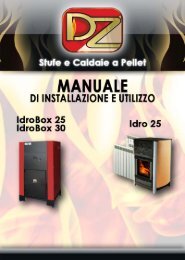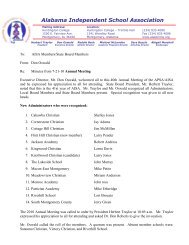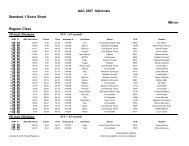The EMIS Audit
The EMIS Audit
The EMIS Audit
Create successful ePaper yourself
Turn your PDF publications into a flip-book with our unique Google optimized e-Paper software.
<strong>The</strong> Meter Types Appropriate for Function assessment is to make sur e that the<br />
meters being used have the correct range, measurement units, and process<br />
conditions for the application and surrounding environment. Facilities are scored on<br />
a 0 to 10 scale based on their ability to use the appropriate meters for the<br />
application.<br />
<strong>The</strong> Meter Installation Satisfactory assessment is to make sure that the<br />
mechanical installation of the meters is correct, the metering s ystems are eas y to<br />
maintain and calibrate, calibration records are kept, and that the piping is<br />
appropriate for the m eter. Facilities will be scored on a 0 to 5 scale based on thes e<br />
requirements.<br />
Meter Accuracy and Repeatability is the final assessment for utility meters. As<br />
meters start to age their performance will start to decline without the proper<br />
maintenance, calibration and periodic inspections. Reference materials that illustrate<br />
proper calibration and maintenance procedures should exist. Also, external factors<br />
and process conditions can contribute to errors in measurement.<br />
Some common things to remember when ass essing meters are:<br />
� Meters that measure volumetric gases or vapors often require external pressure<br />
and temperature compensation. Natural gas measurement using turbine<br />
meters requires pressure and temperature compensation to reference<br />
conditions.<br />
� It‟s ideal to measure mass rate when the desired outcome is mass total.<br />
Steam for example is typically measured as mass rate and is then converted to<br />
energy total.<br />
� <strong>The</strong> range of highest to lowest flow rates that can be measured are called<br />
rangeability or turn-down ratio.<br />
� Metering signals need to be correctly compensated in the host (PLC) s ystem.<br />
An example would be meter k -factor. <strong>The</strong> meter k -factor is used to convert<br />
pulse trains into measured volumes.<br />
� <strong>The</strong> ratios of PT (voltage or potential transformers) and CT (current<br />
transformers) must match the receiving devices.<br />
� <strong>The</strong> ranges of PT and CT must be appropriate for measurement against name<br />
plate ratings on electrical equipment.<br />
� W hen serial data is transmitted, requirements to handle roll -over of any register<br />
values in the meter or host (PLC) system must be confirmed. An example is<br />
when passing short integer values.<br />
4.5.2 Utility Drivers<br />
Utility drivers are factors that can influence how much energy is being used for a<br />
given EAC. Three types of utility driver are recognized:<br />
� Production Drivers<br />
� Environmental Drivers<br />
� Operational Drivers<br />
Production drivers are typically:<br />
� Production volumes;<br />
� Product type, if different operating conditions exist based on product type;<br />
� Building occupanc y hours .<br />
<strong>EMIS</strong> Ma nu al Page | 35<br />
Part A


